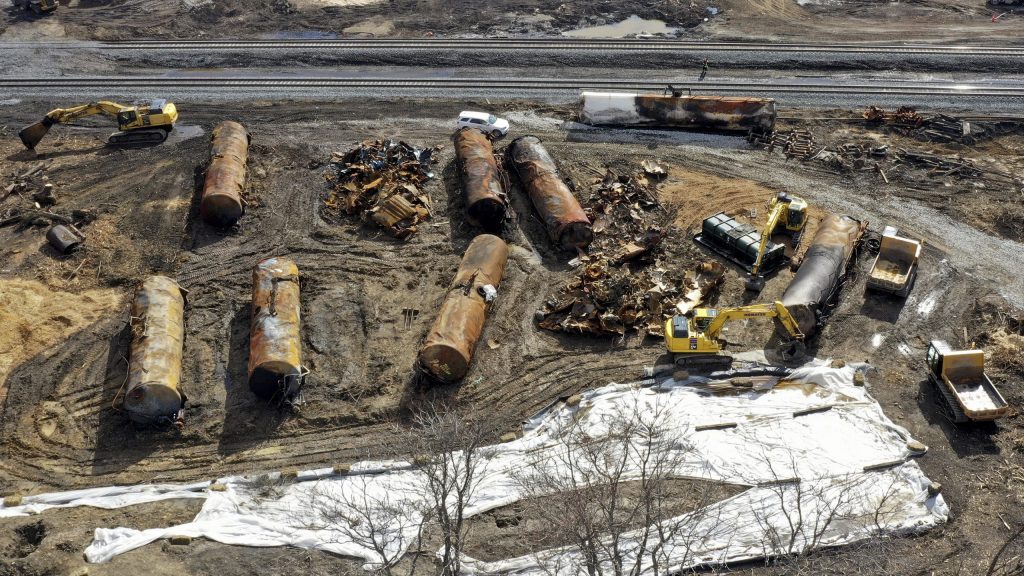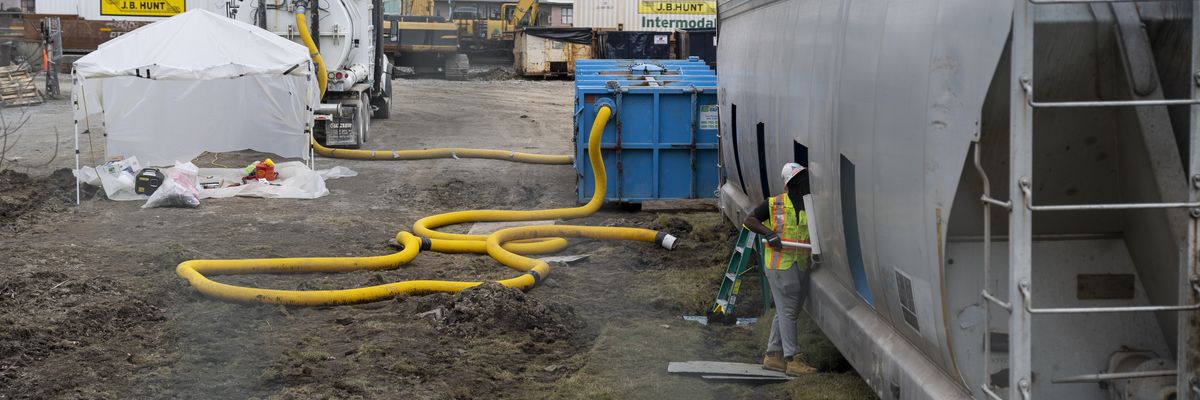By Matt Bernardini
Feb. 25 (UPI) -- British Columbia has ordered a probe into allegations that the Royal Canadian Mounted Police failed to properly investigate complaints of abuse and harassment of Indigenous girls.
B.C. Public Safety Minister Mike Farnworth said Friday the investigation will be undertaken following the disclosure of a report prepared by the watchdog Civilian Review and Complaints Commission claiming Mounties dropped the ball in handling the decades-old allegations.
"The RCMP has confirmed they will fully co-operate with the investigation, including providing all their records to the external agency, which will be announced in the coming weeks," Farnworth said in a statement to CBC News.
"Our government is absolutely committed to ending systemic violence against Indigenous women, girls, 2SLGBTQ+ people, and vulnerable persons, particularly in the cases which involve the police, and there still remains work to be done," he said.
The case stems from accusations of police wrongdoing in the early 2000's, and also includes allegations of a coverup by high-ranking police officers.
The civilian agency report found that video tapes showing officers harassing an Indigenous teenager on the streets of Prince George, B.C., were discovered at one point but have since been lost.
The agency ultimately determined that the tapes' disappearance could amount to criminal charges related to obstruction of justice and criminal conspiracy or misconduct, according to a copy of the CRCC report shared with the Canadian broadcaster.
The report claims that between 2000 and 2004, "the local RCMP received reports that a number of RCMP members at the Prince George Detachment in British Columbia had engaged the services of and, in some cases, assaulted underaged female sex-trade workers.
"This information coincided with the receipt of similar information that Prince George Provincial Court Judge David Ramsay was abusing underaged female prostitutes and procuring their services. The RCMP investigated Judge Ramsay, who was ultimately charged and convicted after confessing to several of the charges. He received a seven-year sentence in 2004."
The RCMP, however, said it found no evidence to support the accusations against its officers, the report added.

























